FAUX MIRROR
DEKNUDT MIRRORS
The Faux Mirror collection is based on the combination of different materials on a mirror, but in a very distinct and ‘false’ manner. The name and concept is a reference to the English ‘faux wood’, which refers to the artistic imitation of wood or wood grains on various media. This artisanal craft finds its roots in the Renaissance period. At the time it was fairly common practice to craft concrete using an iron armature to make it resemble wood in public gardens.
Expanding on this, different materials have been eloquently juxtaposed onto the mirror, each with a somewhat transparent quality in order to blend with the reflection in the mirror and with the general aesthetic. In some cases ‘faux’ wood is used, in other cases ‘faux’ (perforated) metal for its visual lightness and subtlety.
The idea was to warm up the mirrors and give them a texture, but also to play on the partial reflection generated by the graphically treated area. The reflection of an object or person appears almost as if a veil or a light curtain were passing in front of part of the mirror.
The overall shape of the mirror is reminiscent of broken glass, as if its edges had been broken one by one, shaped roughly like a diamond.
The mirrors can be complemented by a small shelf that acts as a loose add-on element and can be fixed to the wall at different locations around the mirror. These have been designed to come just above the mirror as a playful element, appearing almost full thanks to the reflection in the mirror. People will be able to use these shelves for storage, or place small decorative objects on them (a vase for example) in order to create their own little worlds.

FAUX MIRROR MAKING OF
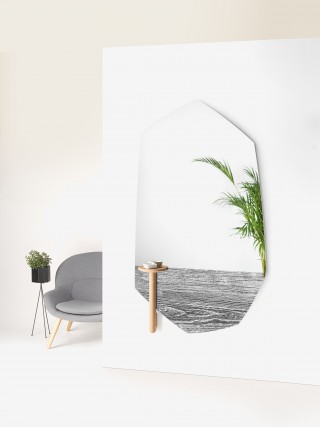
Copywrite Steve De Bruycker
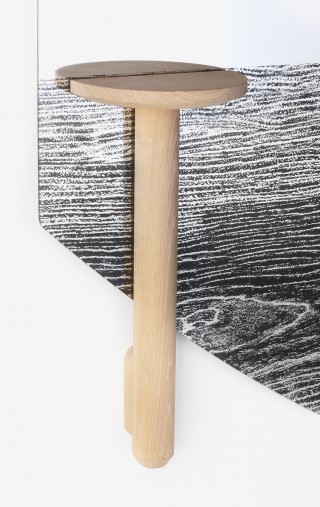
Copywrite Steve De Bruycker
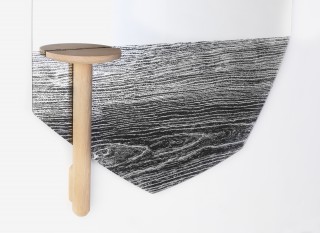
Copywrite Steve De Bruycker
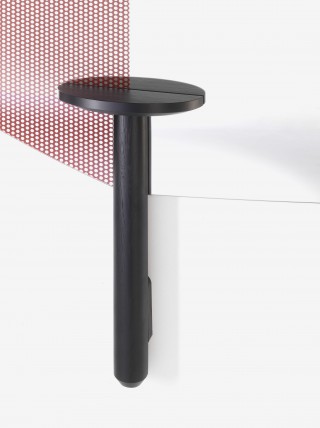
Copywrite Steve De Bruycker
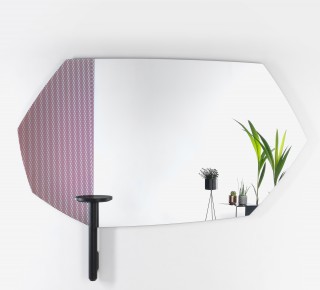
Copywrite Steve De Bruycker
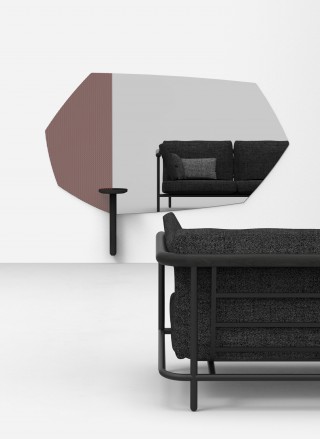
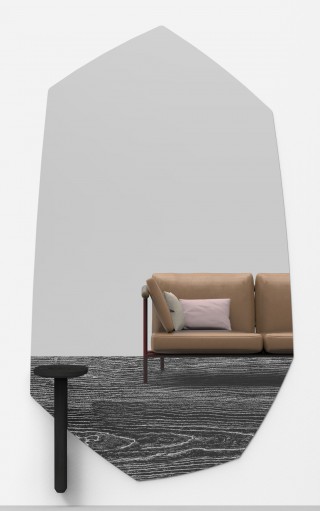
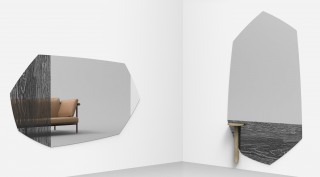
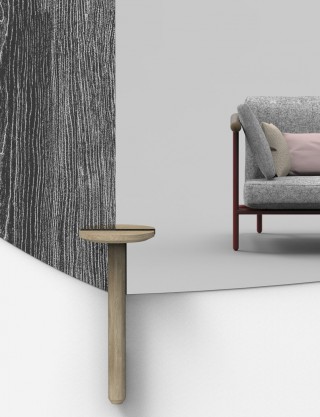
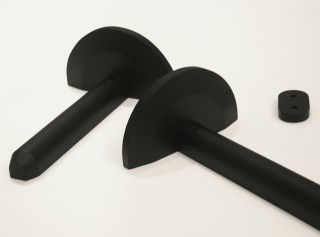
prototype
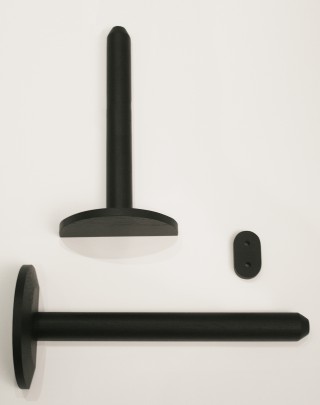
prototype
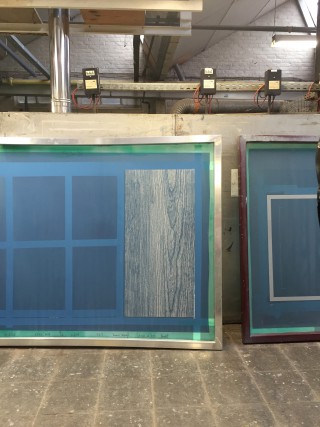
making of
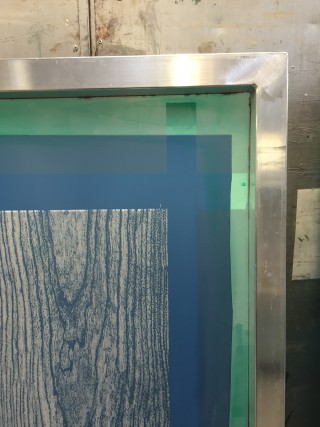
making of
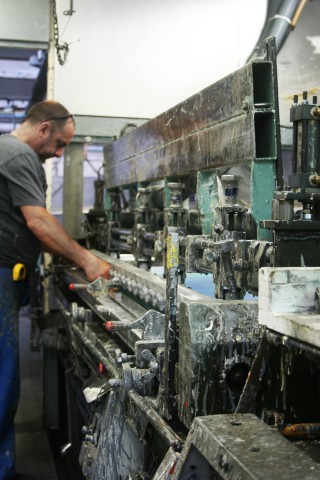
making of
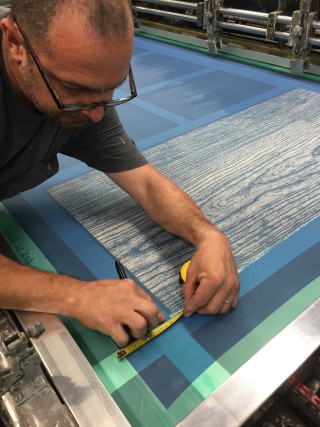
making of
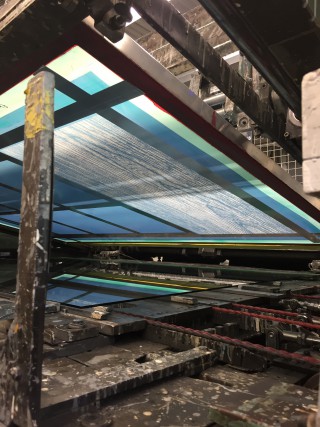
making of
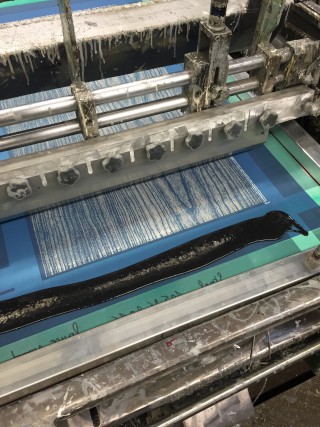
making of
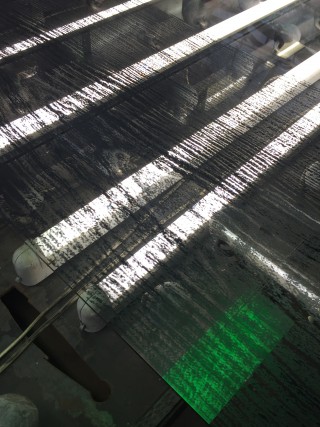
making of
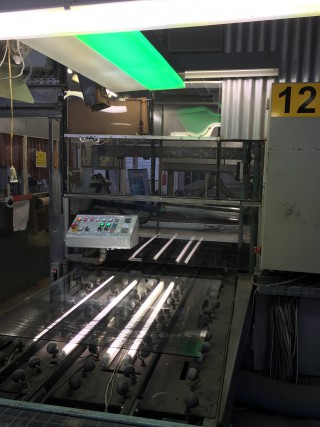
making of
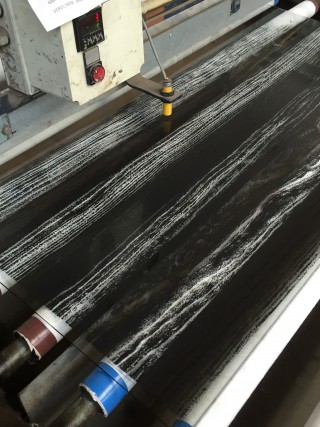
making of
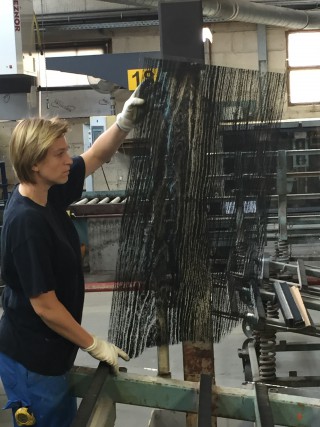
making of
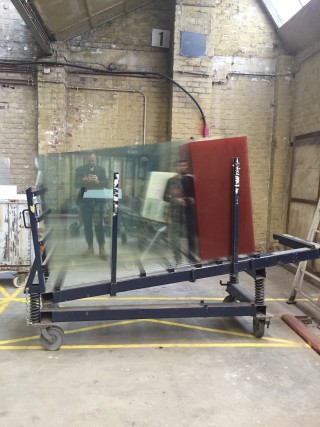
making of
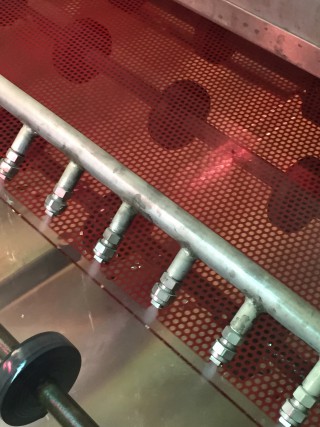
making of

making of
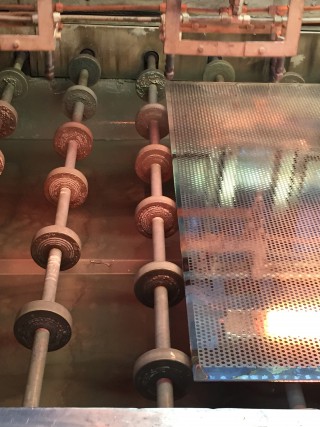
making of
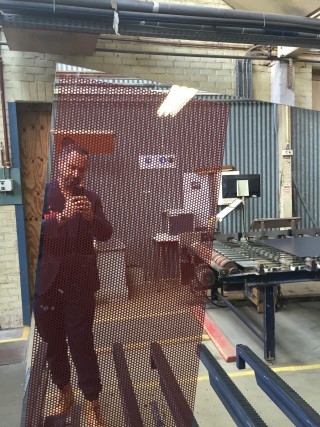
making of
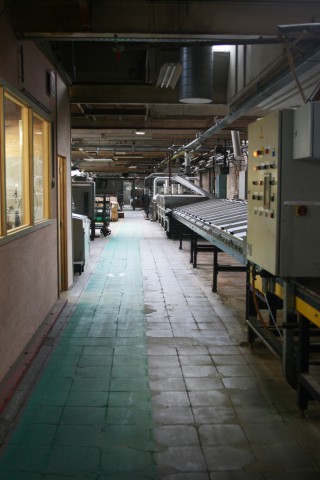
making of
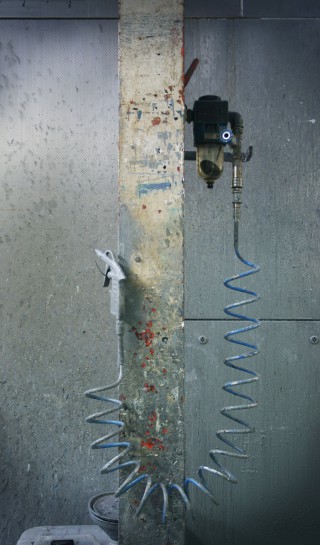
making of
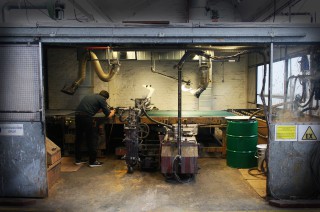
making of
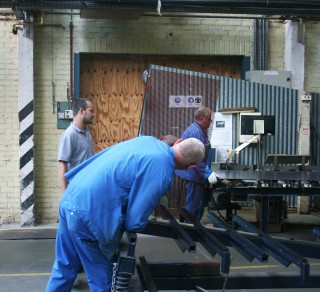
making of
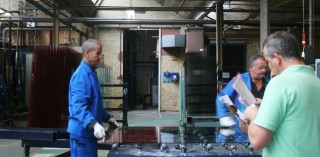
making of
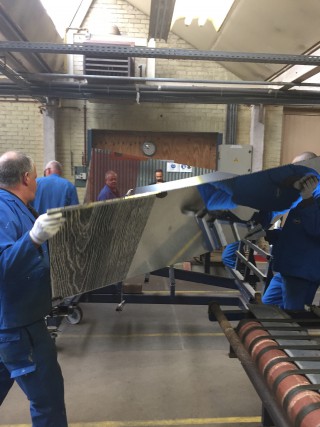
making of
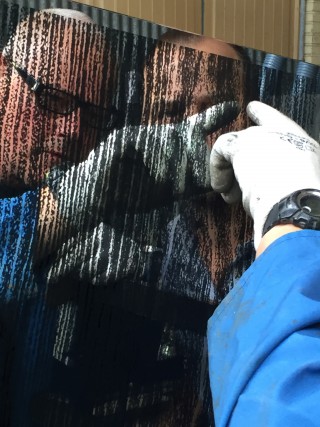
making of

making of
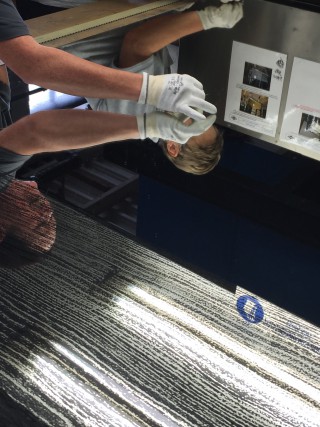
making of
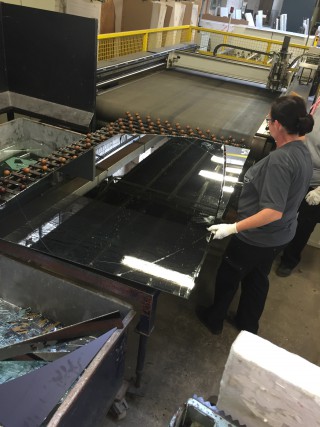
making of
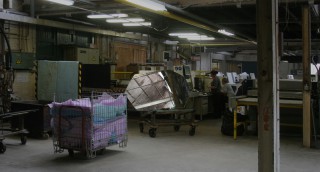
making of
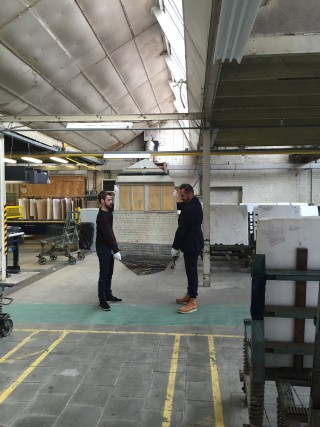
making of